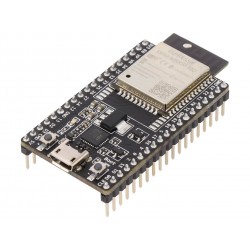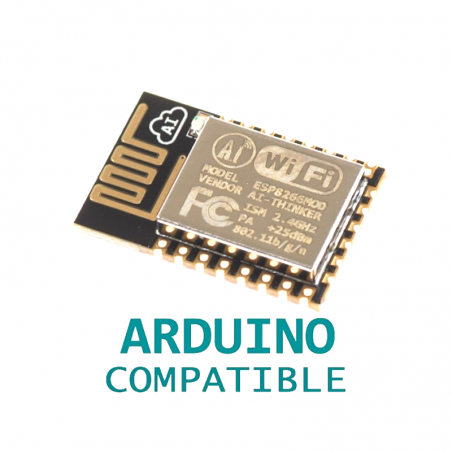
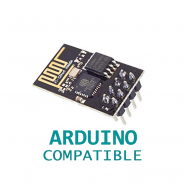
ESP8266 Serial WIFI Module ESP-01
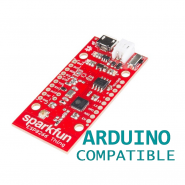
SparkFun ESP8266 Thing
- On sale!
- -€3.00
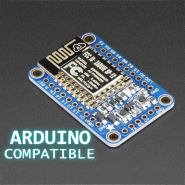





The ESP8266 ESP-12E in this product listing is currently our recommended module for integrating into your own project PCBs. This tiny-sized System On a Chip (SoC) includes an 80 MHz microcontroller with a full WiFi front-end (both as client and access point) as well as a full TCP/IP stack with DNS.
If you have any questions on this product please feel free to contact us.
*Disclaimer: The images are merely illustrative.
As you may have heard, the ESP8266 Serial-to-WiFi chip created by Espressif has seen a wide adoption as a cost-effective solution for IoT and WiFi-capable devices. This tiny-sized System On a Chip (SoC) includes an 80 MHz microcontroller with a full WiFi front-end (both as client and access point) as well as a full TCP/IP stack with DNS. Because the ESP8266 comes only in a tiny surface-mount package (QFN-32), a few different vendors have developed a series of modules named ESP-NN where NN are numbers ranging from 01 to 13.
The ESP8266 ESP-12E in this product listing is currently our recommended module for integrating into your own project PCBs. This module was chosen by the NodeMCU project for their Open-Source DevKit 1.0 hardware. The NodeMCU development team Open-Sourced the hardware design, and after garnering enough interest from users around the ESP-12E module, its manufacturers have submitted for, and successfully passed, FCC certification. This represents one less worry when designing embedded applications using this module (note that the FCC-certified version of the module is sometimes referred to as ESP-12F).
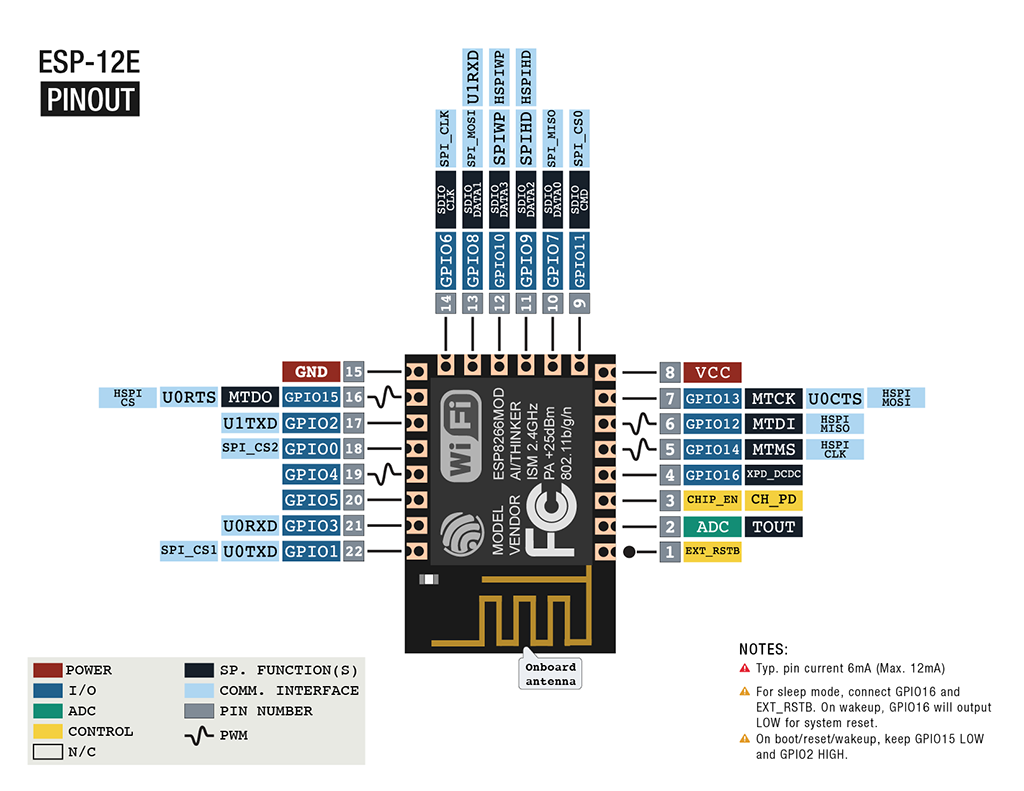
Like all ESP-NN modules, the ESP-12E has a small footprint, and even though its castellated pins make it hard to work with out-of-the-box (e.g., on a breadboard), they make life easy when soldering to a PCB. The module breaks out all the GPIO of the ESP8266, and it includes a visible LED for indicating status. In addition, under the tin can, the ESP-12E a 4MB SPI flash storage IC – typically the Winbond W25Q32FV, and all the necessary components needed for the onboard ESP8266 to operate properly (e.g., crystal, capacitors, resistors). It also includes an onboard antenna with a reasonable range (–70~–80 dBm at 50 feet).
Related products



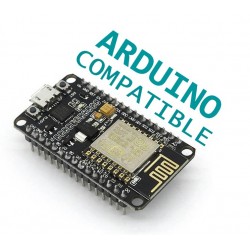
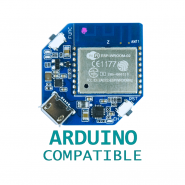

The ESP8266 ESP-12E in this product listing is currently our recommended module for integrating into your own project PCBs. This tiny-sized System On a Chip (SoC) includes an 80 MHz microcontroller with a full WiFi front-end (both as client and access point) as well as a full TCP/IP stack with DNS.

